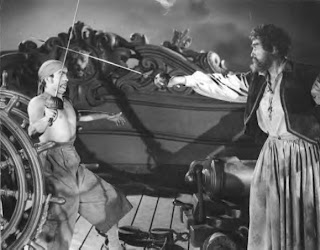Silent film actors emphasized body language and facial expression so that the audience could better understand what an actor was feeling and portraying on screen. Much silent film acting is apt to strike modern-day audiences as simplistic or campy. The melodramatic acting style was in some cases a habit actors transferred from their former stage experience. The pervading presence of stage actors in film was the cause of this outburst from director Marshall Neilan in 1917: "The sooner the stage people who have come into pictures get out, the better for the pictures." In other cases, directors such as John Griffith Wray required their actors to deliver larger-than-life expressions for emphasis. As early as 1914, American viewers had begun to make known their preference for greater naturalness on screen.
In any case, the large image size and unprecedented intimacy the actor enjoyed with the audience began to affect acting style, making for more subtlety of expression. Actresses such as Mary Pickford in all her films, Eleonora Duse in the Italian film Cenere (1916), Janet Gaynor in Sunrise, Priscilla Dean in Outside the Law and The Dice Woman and Lillian Gish and Greta Garbo in most of their performances made restraint and easy naturalism in acting a virtue.Directors such as Albert Capellani (a French director who also did work in America directing Alla Nazimova films) and Maurice Tourneur insisted on naturalism in their films; Tourneur had been just such a minimalist in his prior stage productions. By the mid-1920s many American silent films had adopted a more naturalistic acting style, though not all actors and directors accepted naturalistic, low-key acting straight away; as late as 1927 films featuring expressionistic acting styles such as Metropolis were still being released. Some viewers liked the flamboyant acting for its escape value, and some countries were later than the United States in embracing naturalistic style in their films. In fact today the level of naturalism in acting varies from film to film and our favourites may not be the most naturalistic. Just as today, a film's success depended upon the setting, the mood, the script, the skills of the director, and the overall talent of the cast.




































